5.02 roses, too
Caitlin La Dolce
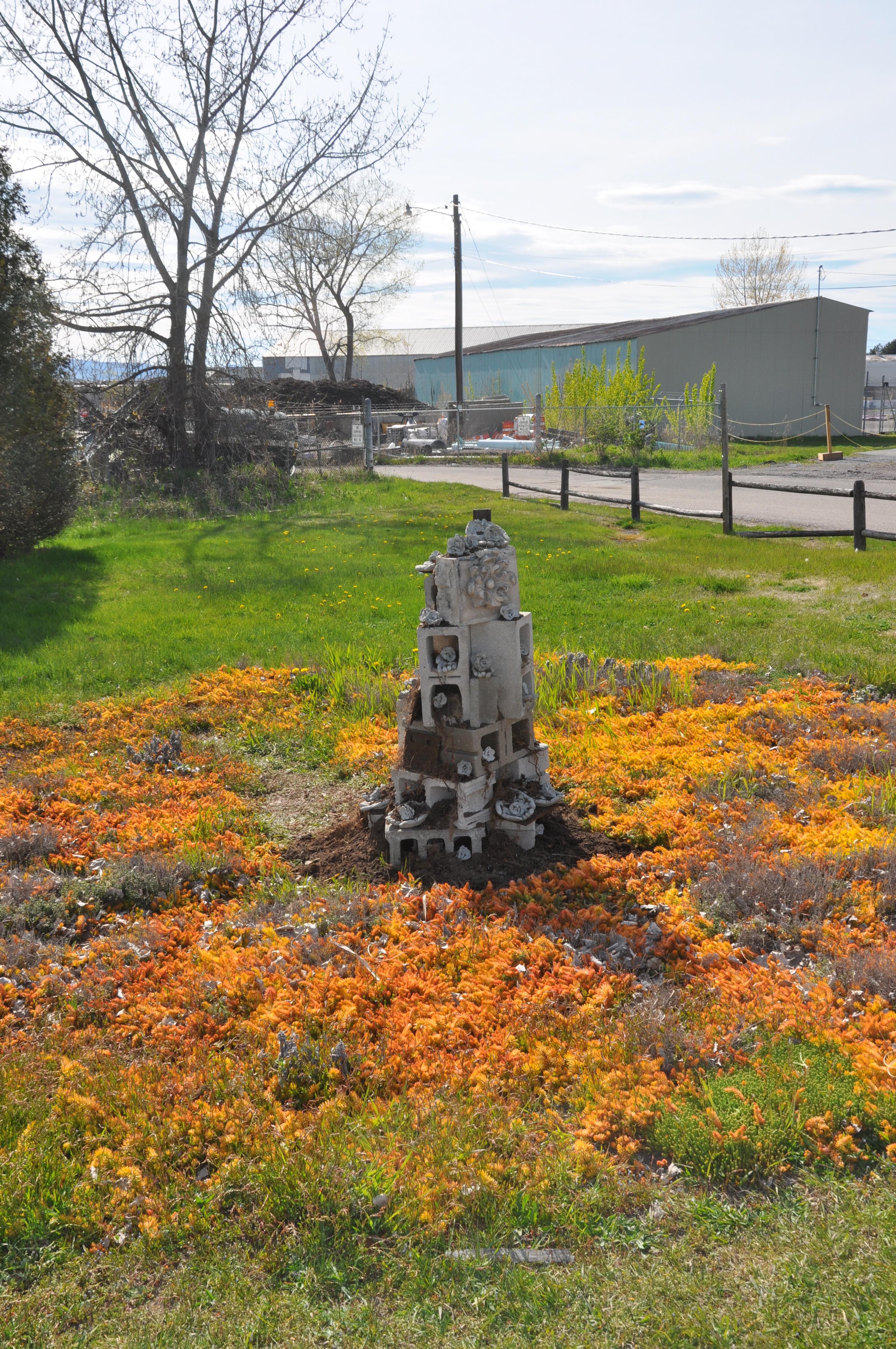
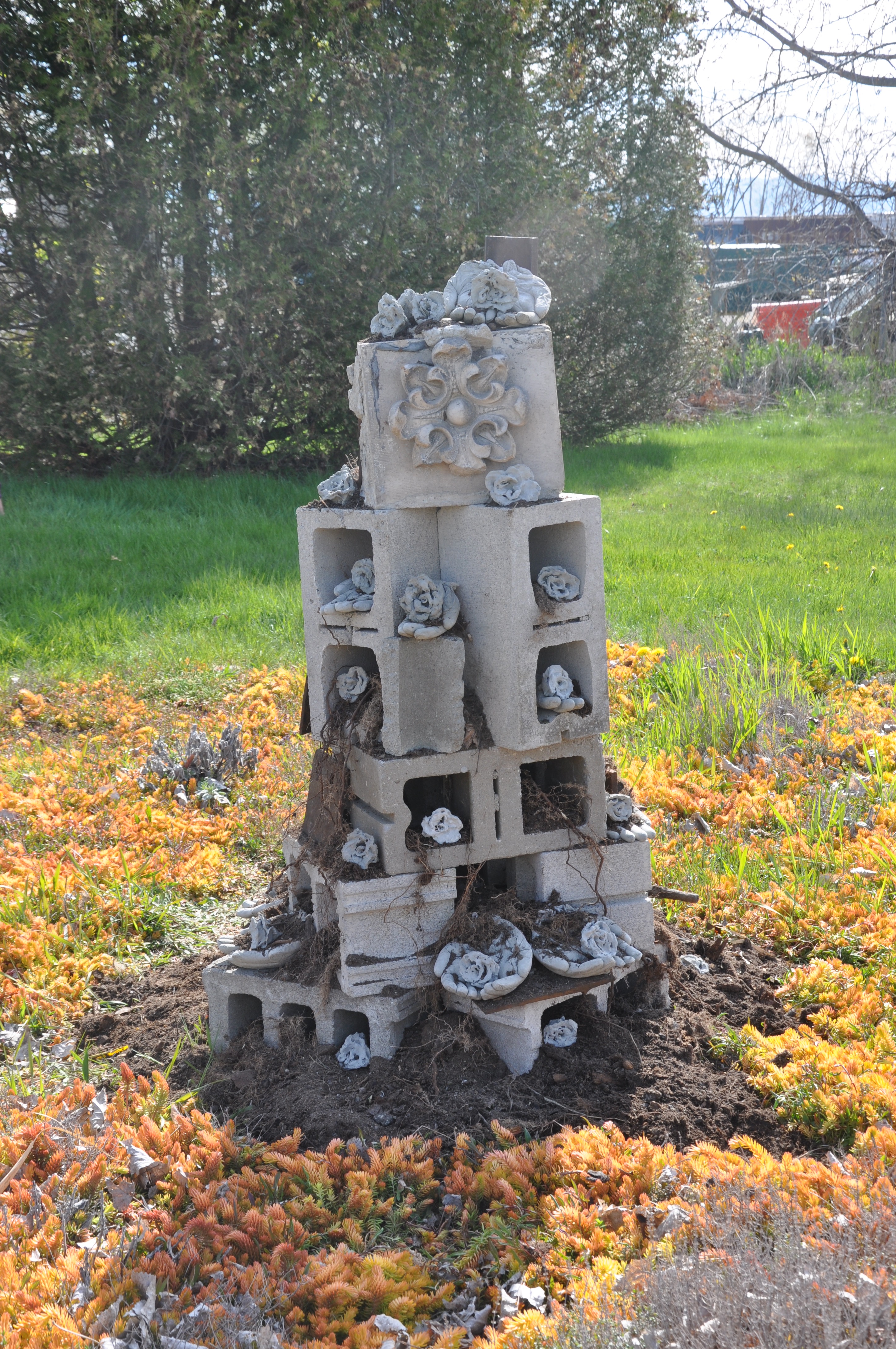
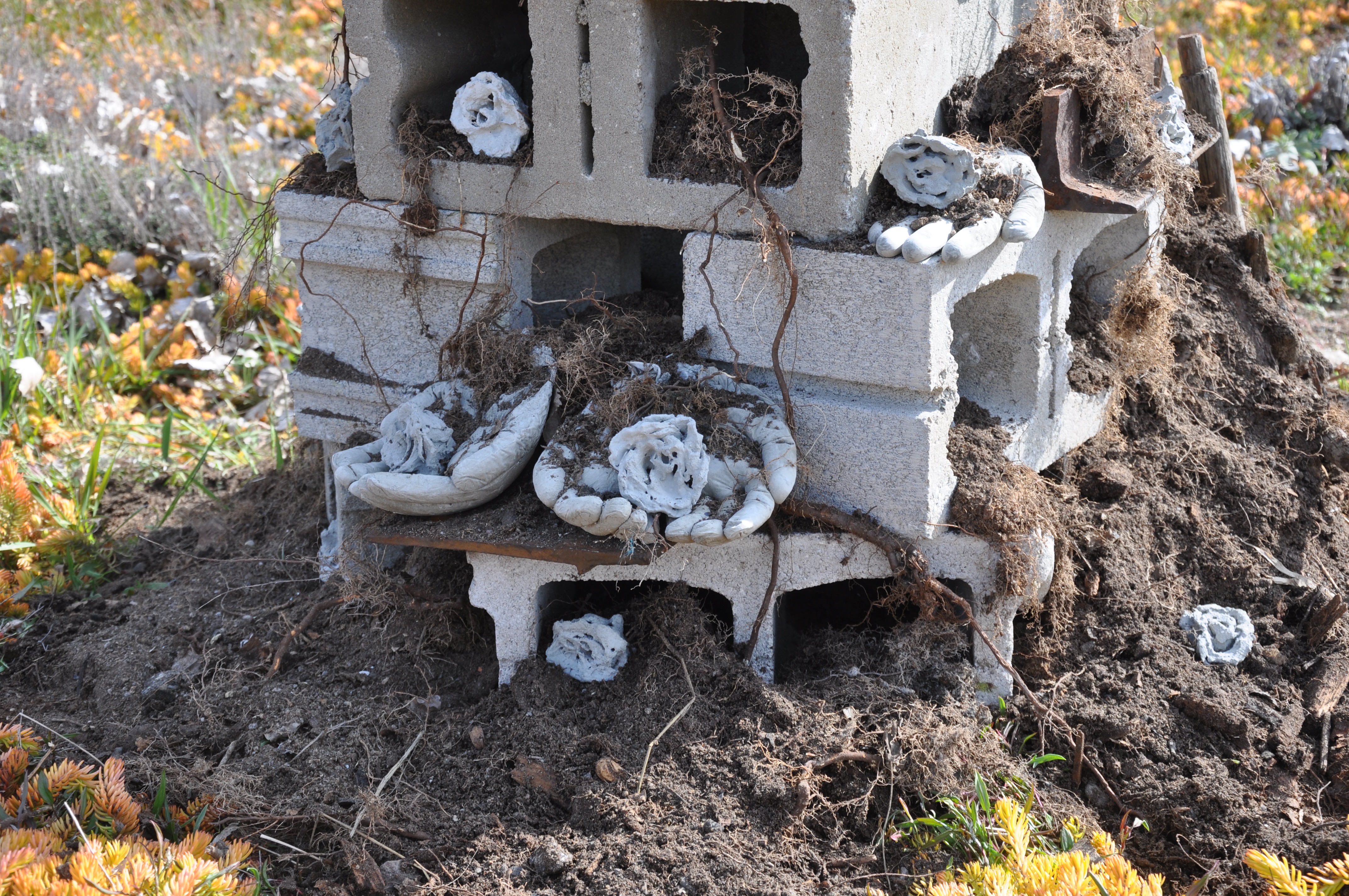
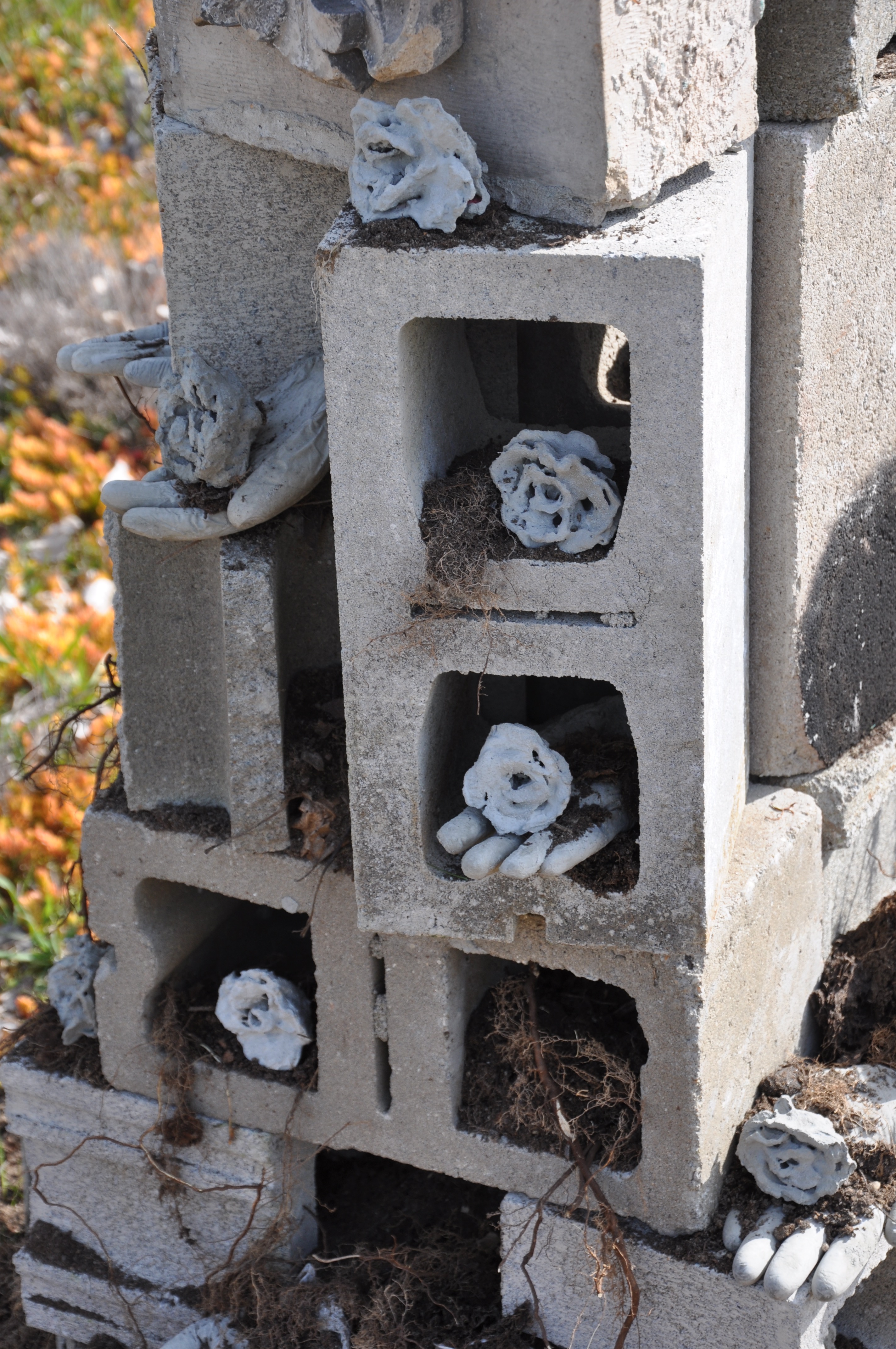
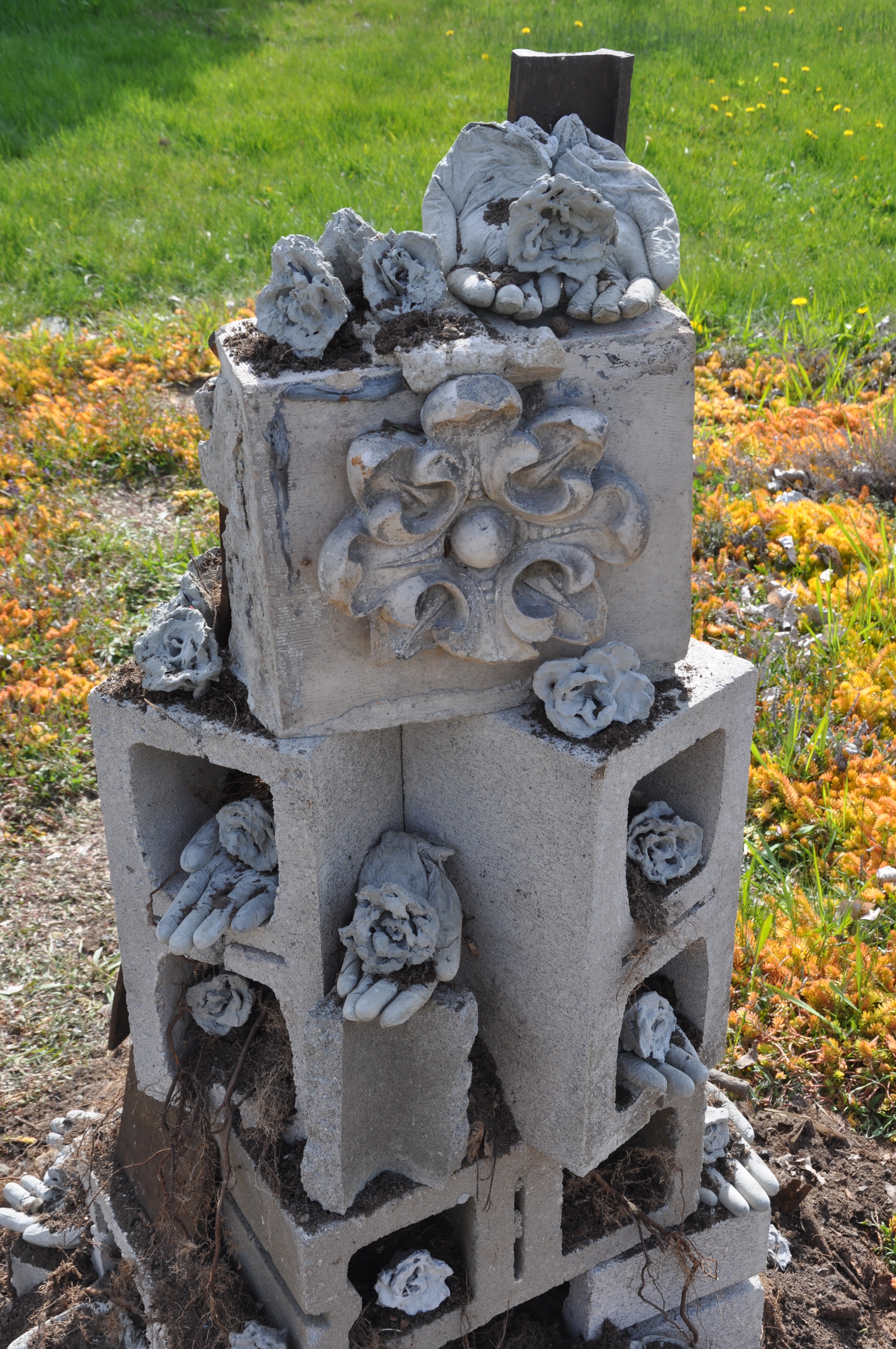
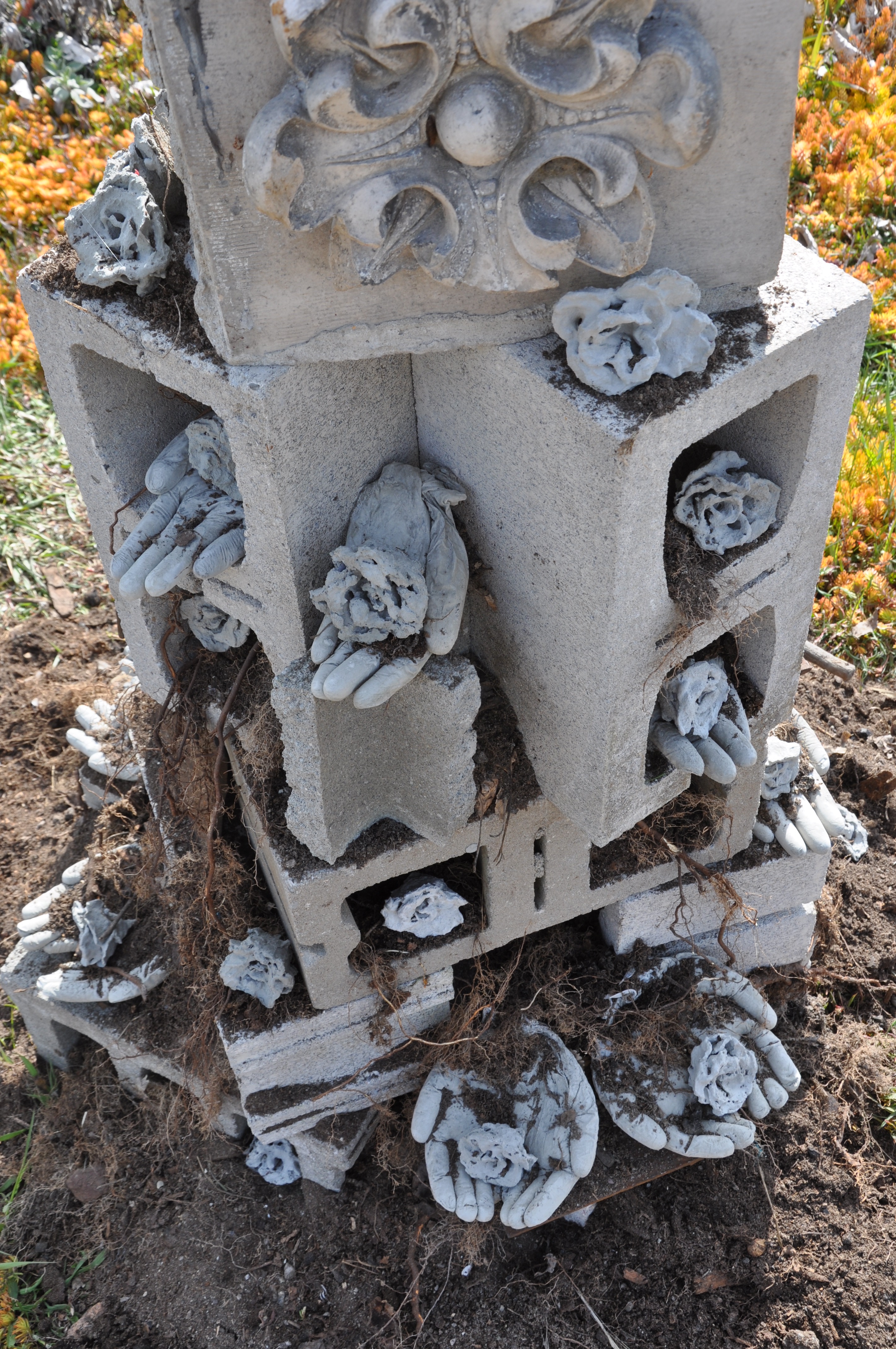
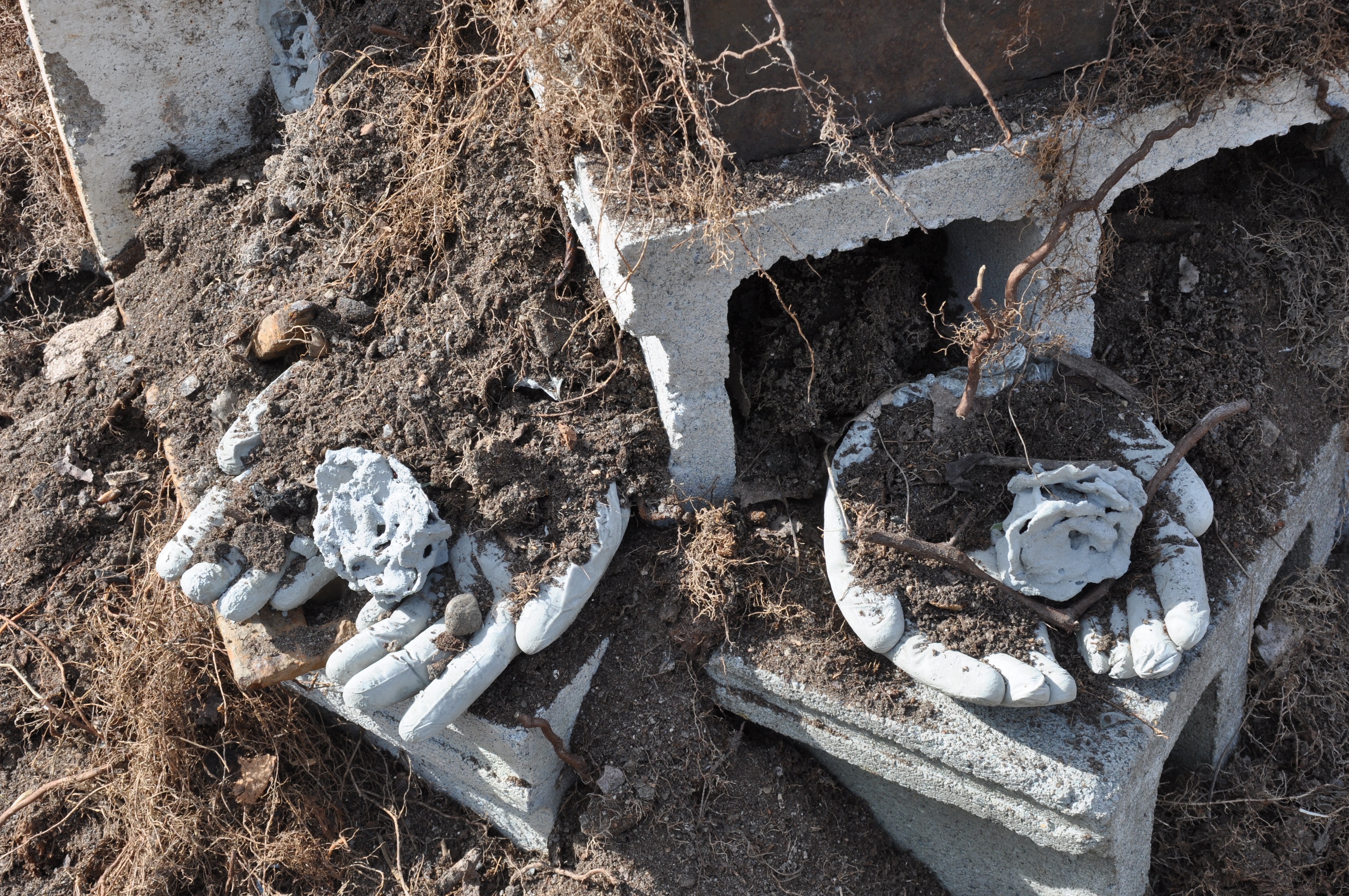
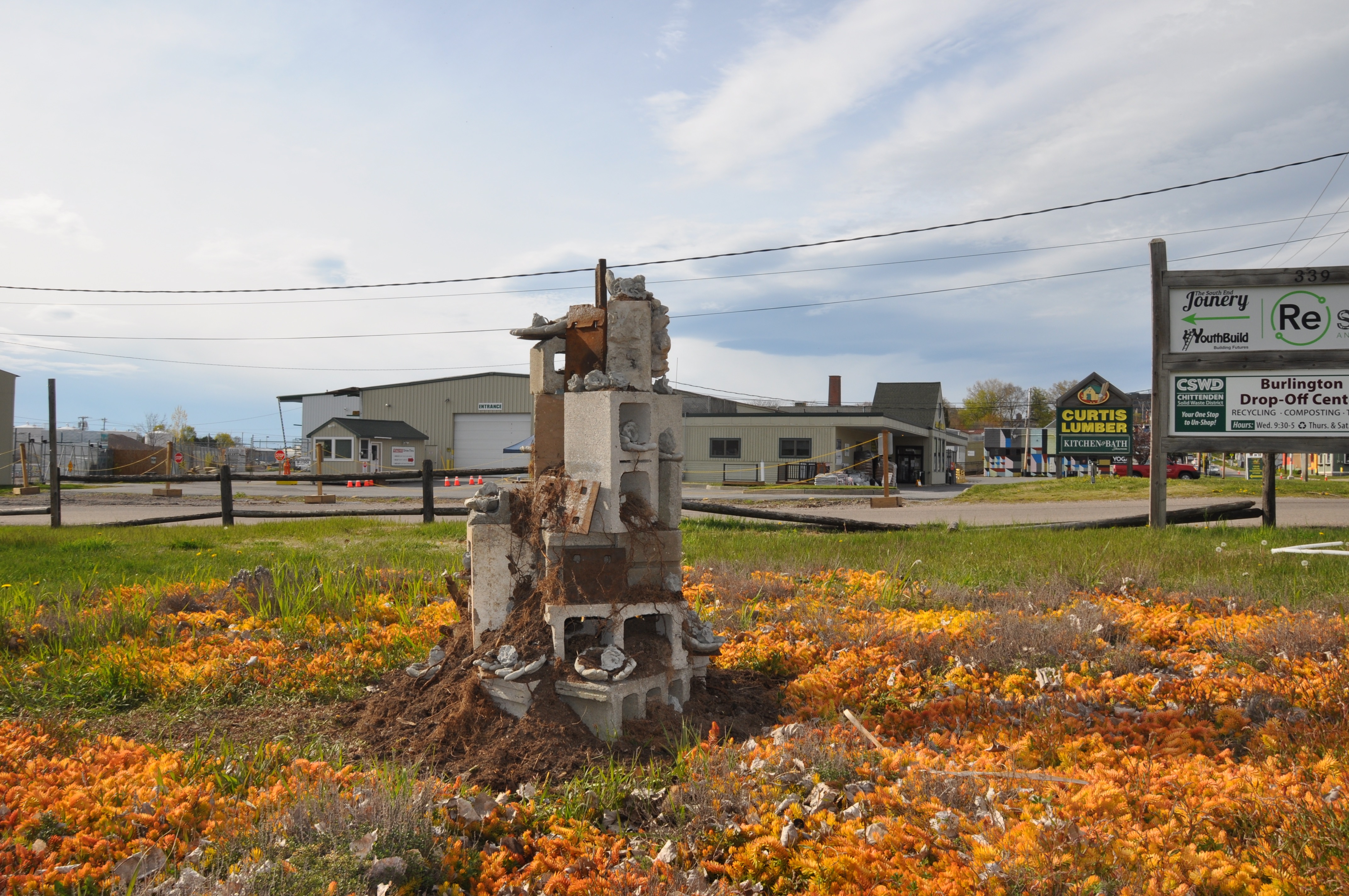

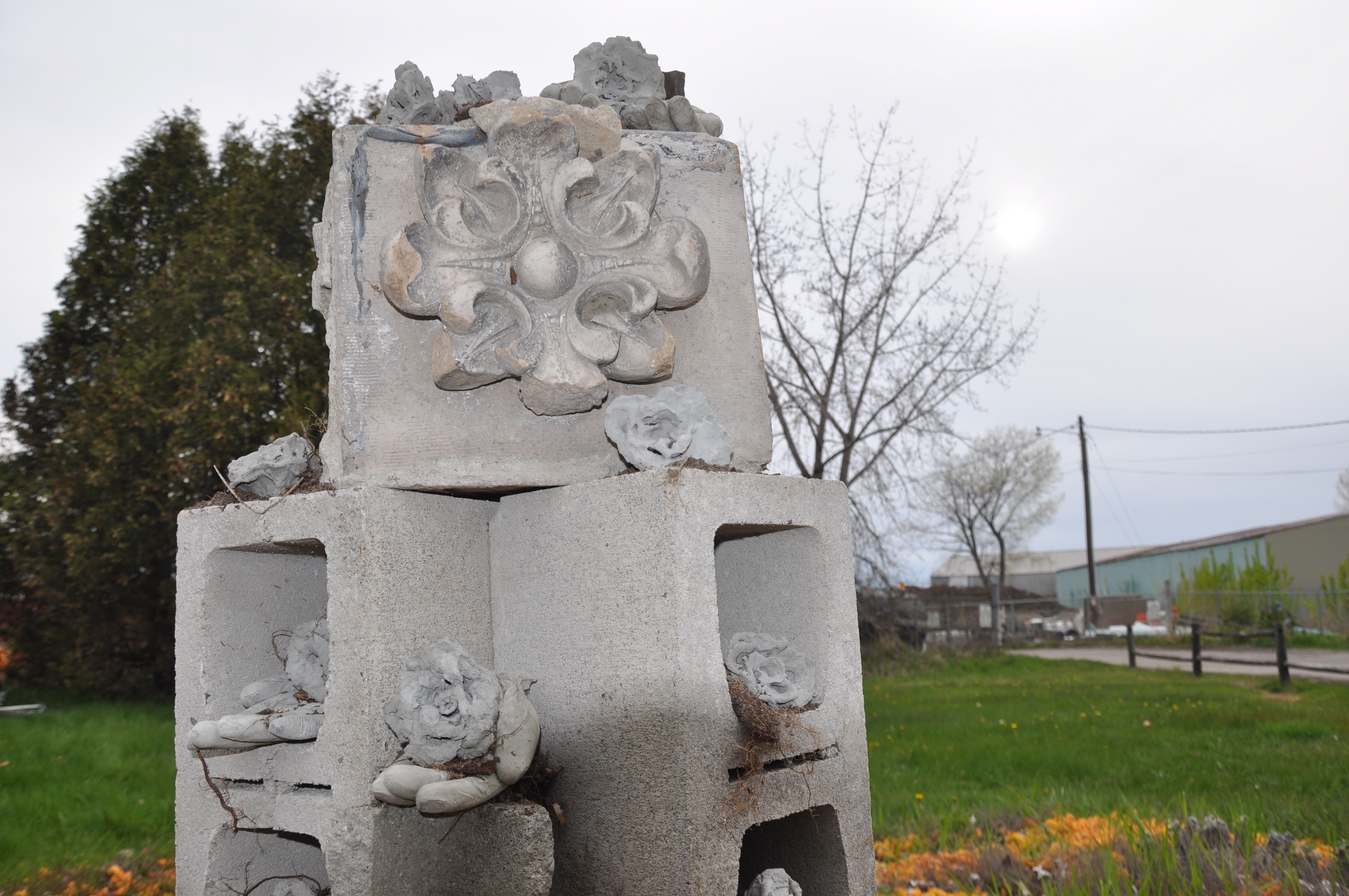
“The worker must have bread, but she must have roses, too.” -Rose Schneiderman
In the film "gray seeds" that I was given as a prompt, I was immediately struck by the old black and white segment of industrial workers pouring cement. Audio of scraping that accompanied the footage felt abrasively near, while the accompanying video, a view from above of five men pouring concrete, felt distant in time and in scale. Shots of vibrant flowers later in the film stand in stark contrast to the scenes of colorless, brutal labor.
The worker is on my mind more than usual as of late. As the COVID-19 pandemic eerily unfolds, we watch the US history of capitalist greed prized above human life continue. The word “essential” is thrown around as a justification for senior citizens to risk their lives bagging groceries, while the CEO of Amazon is on the brink of becoming the world’s first trillionaire. The “soft reopen” of the economy in the midst of a highly contagious viral epidemic is nothing more than holding the working class in the same regard as an experimental control group, while conveniently not paying them unemployment. I am reminded of the labor union leader Rose Schneiderman speaking of highly dangerous factory conditions that led to the fatal Triangle Shirtwaist Fire of 1911, “The life of men and women is so cheap and property is so sacred. There are so many of us for one job it matters little if 143 of us are burned to death.”
I wanted to pull the workers in the opening scenes of gray seeds closer to me. I wanted to offer them the beauty and tranquility of blooming flowers. I wanted to connect the grating sounds of scraping to all of the laboring hands that have scraped. In communicating this piece I made an effort to pull this historical footage into the present day. The installation I made serves as an ode, a shrine, a memorial, to the working class, now and then. Pieces of railyard steel give a nod to a kind of work that stretches back in time, disposable plastic gloves reference our current realities. Building this structure greatly pushed the limits of my physical body. Pouring concrete, lifting cinder blocks, and pulling piles of scrap metal out of a rail yard dumpster in the high noon sun. In this way the process mirrored the finished product in serving as an honoring of laboring people. This piece is a love letter to the hands that toil in dirt and rock and steel. It is a rage filled reminder that the worker deserves to live, not simply exist.
—Caitlin La Dolce



+Bio
Caitlin La Dolce is a multidisciplinary artist living and working in Burlington, Vermont. Her past and current studies also include Gender, Sexuality, and Women’s Studies, a discourse that remains inextricably tied to her work. Working in sculpture, printmaking, and installation, La Dolce’s work explores the themes of home, trauma, the body and inheritance. Caitlin currently works as a teaching artist for Inclusive Arts Vermont, integrating arts education into school curriculums for reactive learners and trauma survivors.
Website
Instagram: @c.e.ladolce